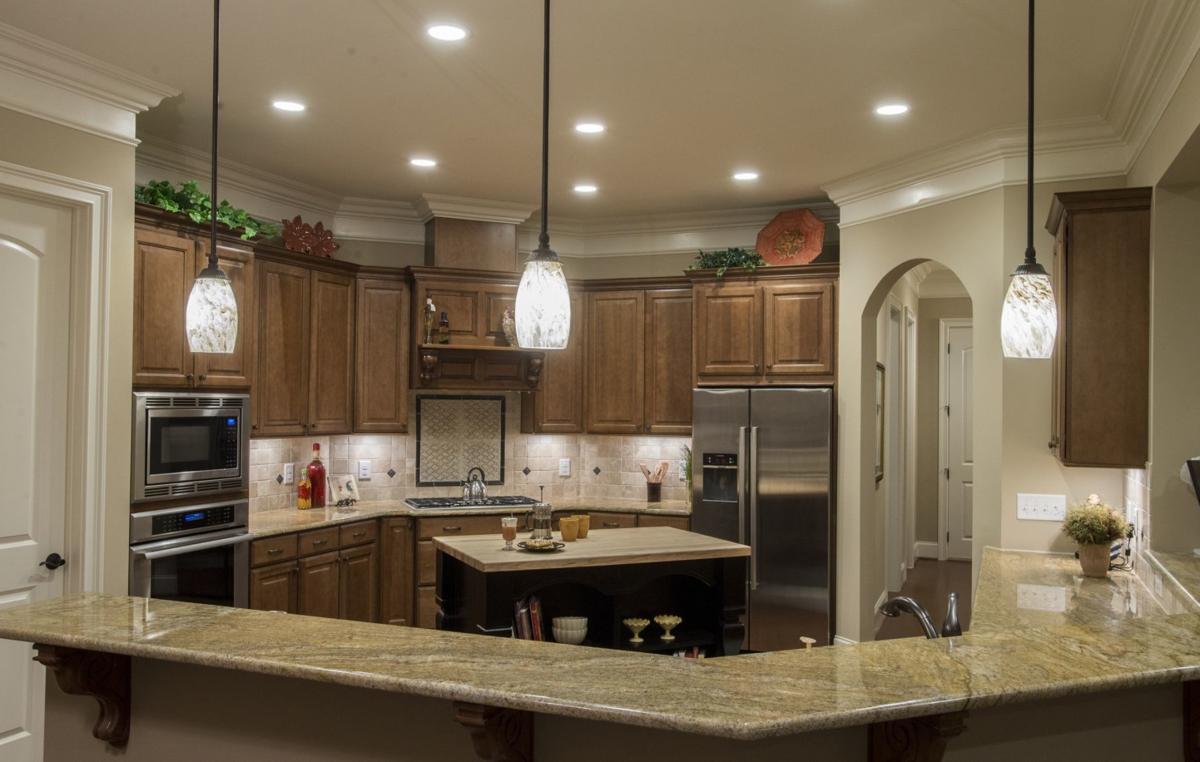Each year, thousands of Arizona residents email or call Rosie Romero’s radio show with questions about everything from preventing fires in their chimneys to getting rid of tree roots invading their sewer system. His goal is to provide answers that suit the specific lifestyle wherever someone lives in Arizona.
QUESTION: I’ve been living for about a year in my brand-new home, and during that time, the house has been eating light bulbs. At first we had used CFLs, but they seemed to come on too slowly. So we switched to LEDs because we’d gotten a number of them for free at a home show. Those LEDs burn out in a couple of weeks to a month – especially the ones we installed in recessed cans. So, what’s going on?
ANSWER: We also got free LEDs at a home show — bulbs that lasted three months when they should last five to 10 years. To start, you could buy a couple of higher quality LEDs from a good lighting store and put them right next to some of the free bulbs. Label all the bulbs with dates to keep track of where you installed them. See how well each bulb does, and maybe that will solve the mystery.
If that doesn’t work, you might have a meter put on your house that will measure possible electrical surging going on. Also write a letter to your builder to document what’s going on. Your home is probably still covered by a warranty. Possibly, the builder will send out a certified electrician to analyze the system and do repairs.
Q: I have a two-level home with about 4,000 square feet of space, and I keep noticing that the upper level of the house has warmer walls in the summer. I’d like to do some insulating to prevent this from happening; would adding foam insulation of some kind help? I’ve been in the house for about four years.
A: For starters, I’d suggest that you have a whole house energy audit done. It would probably cost about $100 and would assess the patterns of thermal energy throughout your entire home. This can be a tremendous help in deciding what you want to do next.
Even if you only have a small problem with the insulation in your attic — possibly an insulation void of just 5 percent — your insulation could be 50 percent less efficient. Once you find out what problems your home may have, you might find that adding foam insulation would be a great investment.
Q: I have an Aleppo pine in my yard that has been looking shaky. A tree expert came out and told me to just keep watering the tree deeply, which I did for about a year. But that didn’t seem to help. Another tree specialist came out and said that there were all kinds of holes in the tree with loads of borer beetles inside. He said that I needed about $200 worth of injections for the tree, but also said that there were no guarantees that that would help. Is it worth the money?
A: Arborists have been studying all the current problems with pine trees in Arizona and have concluded that many of the trees have diseases. Because the trees are infected, there are likely to be secondary problems with mites and flathead borers getting inside the trees.
Generally, arborists concluded that all the problems are ultimately due to current environmental conditions, particularly in the summer. It has been too hot and dry here; we have high salinity levels and pH problems in our soil. Injections are probably a questionable procedure. By the time you see holes in the tree, the damage has already been done. Arborists have also concluded though that eventually some pines will reverse their condition. Deep watering should help and might reverse the condition of the trees.





